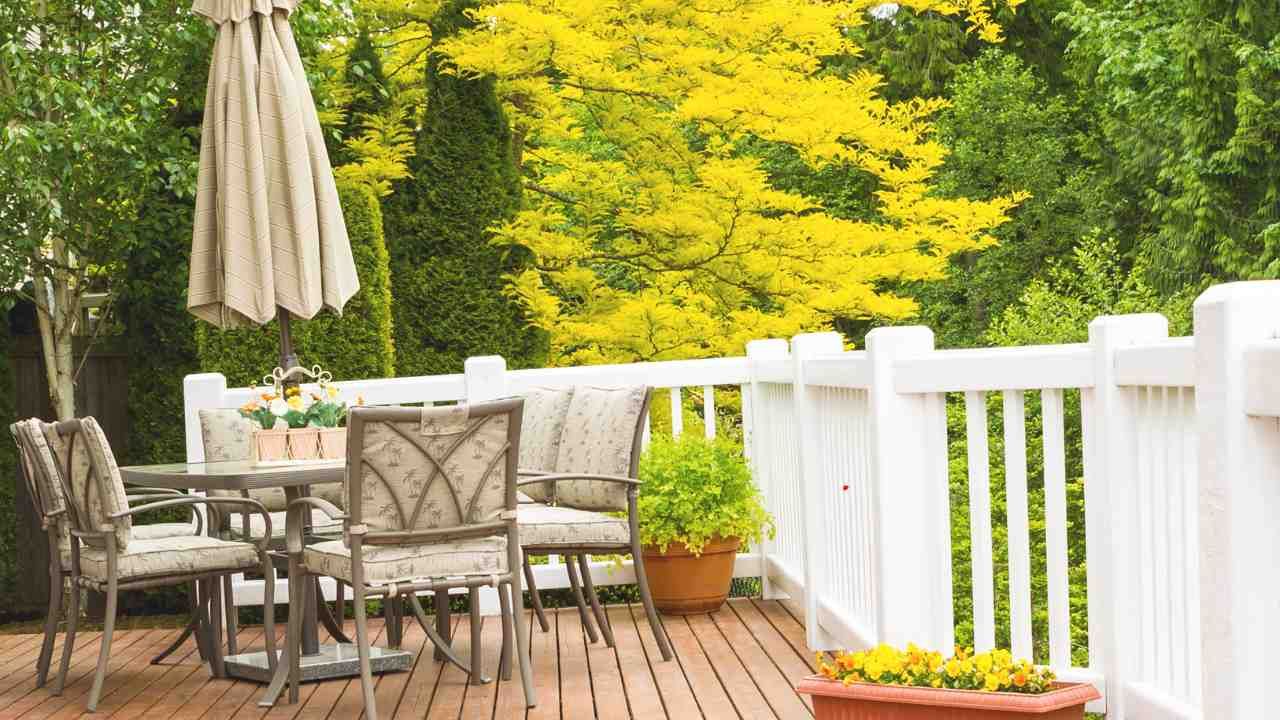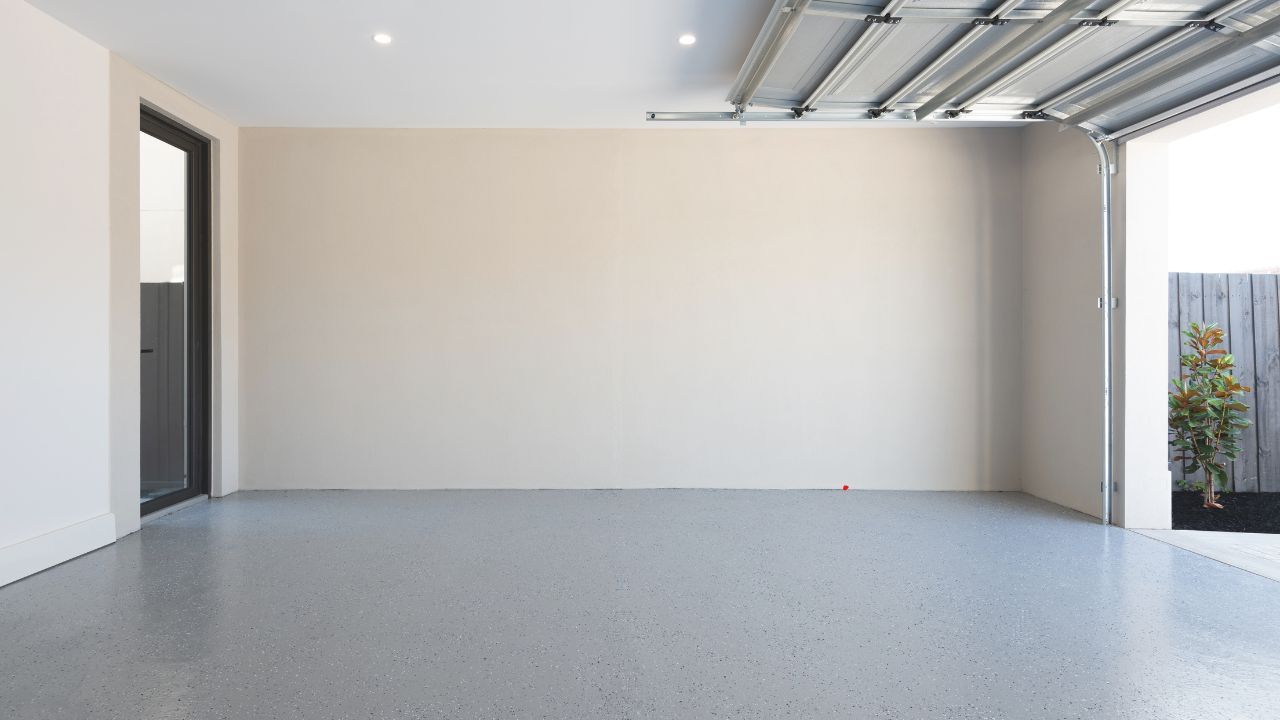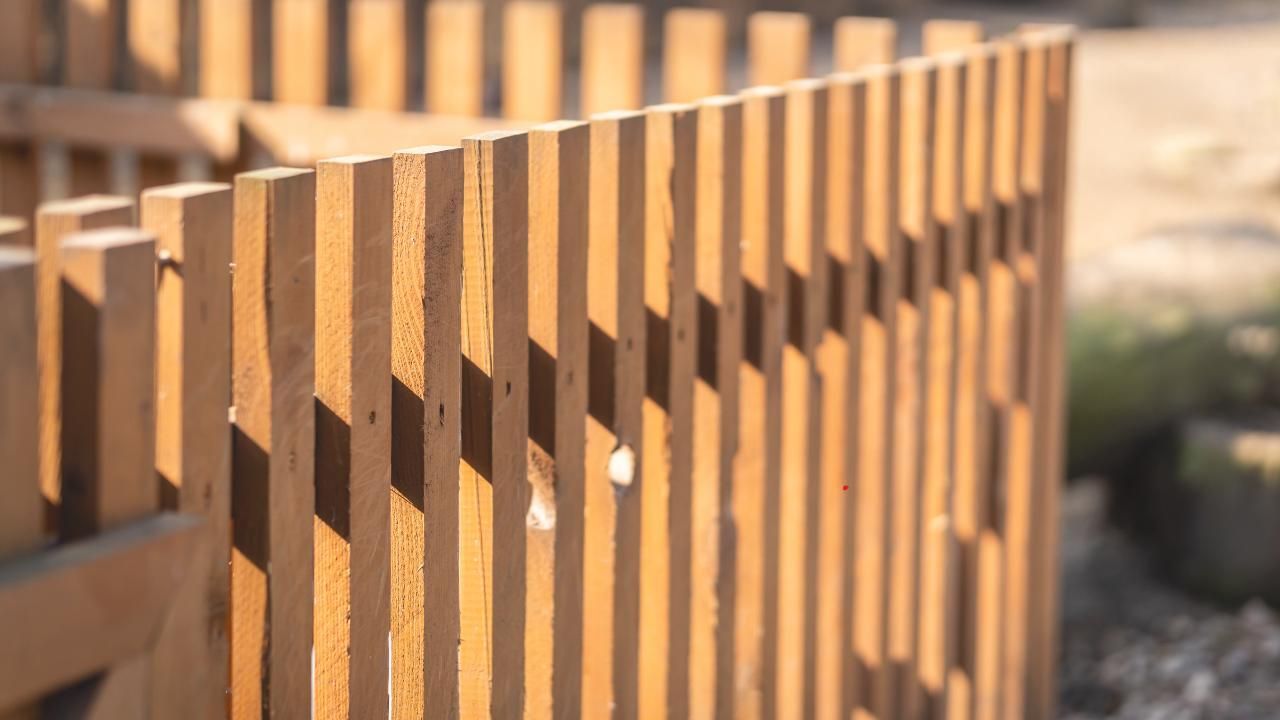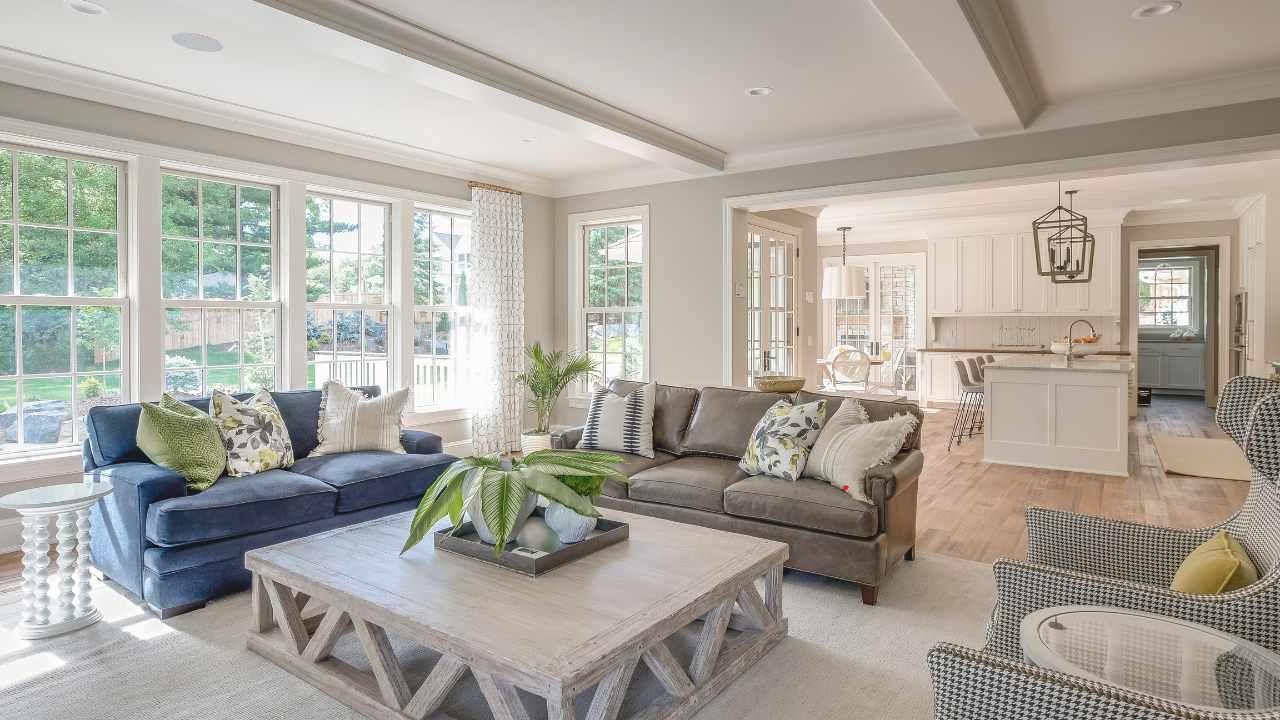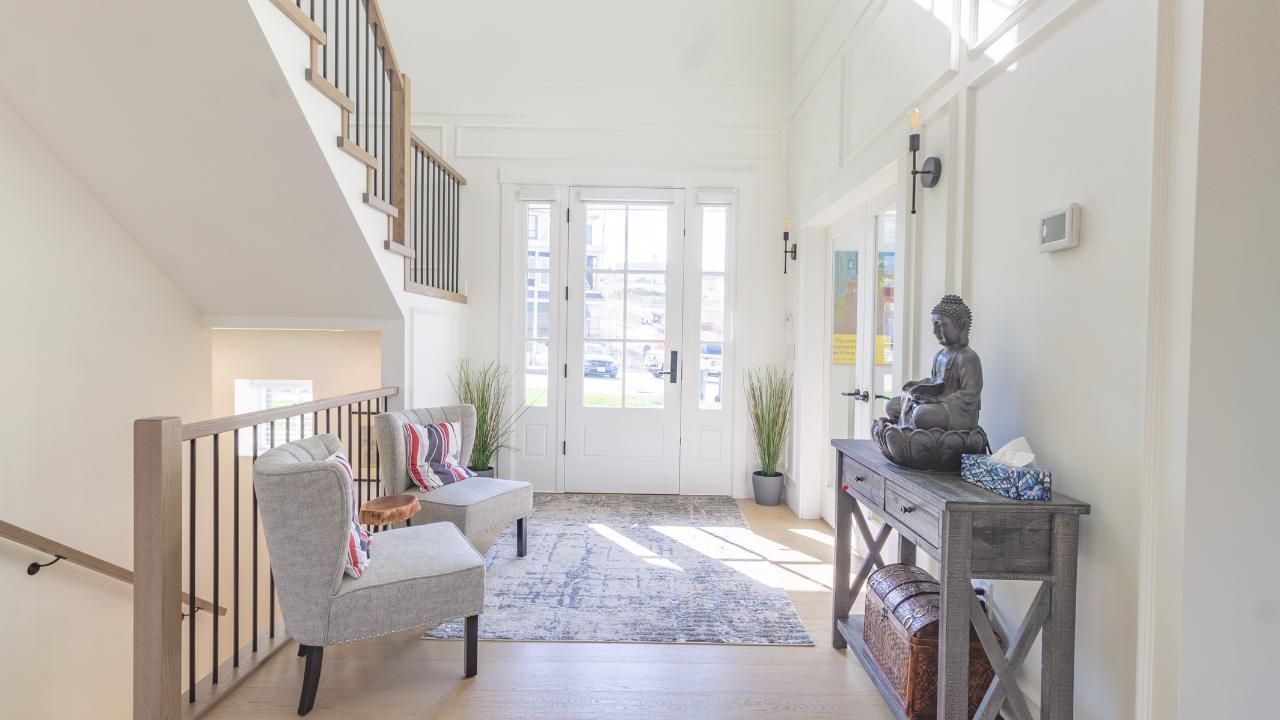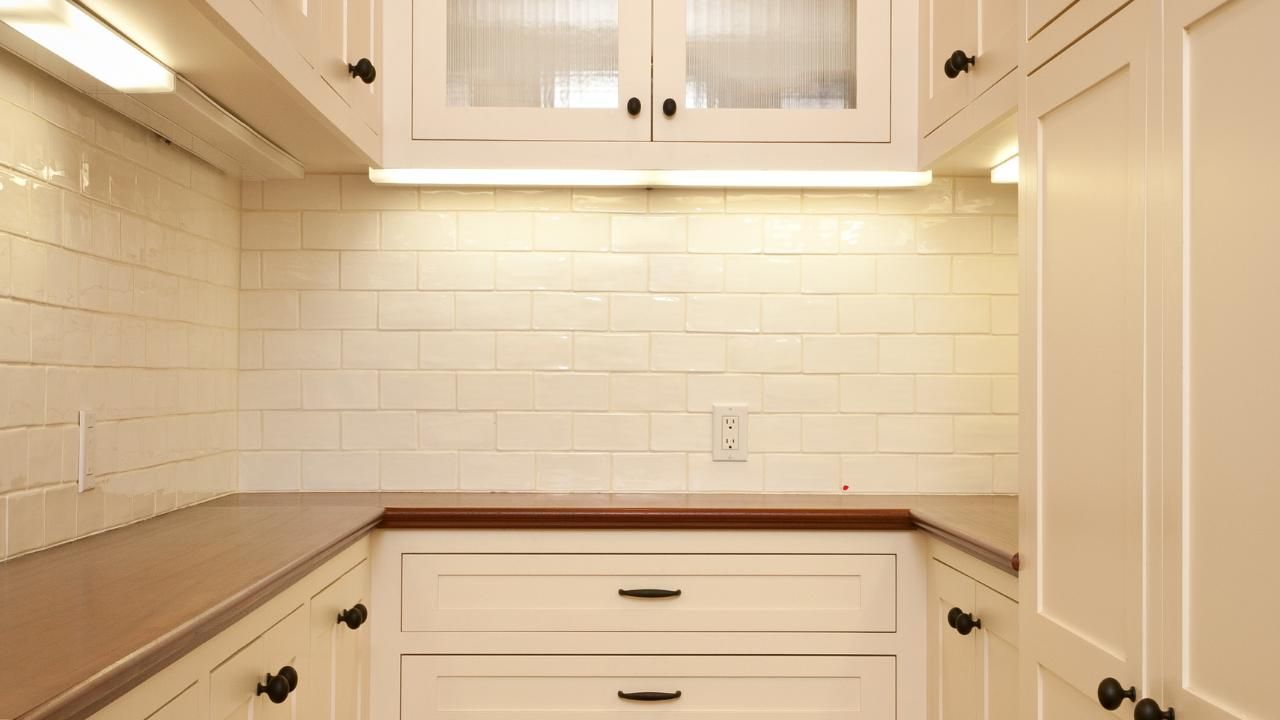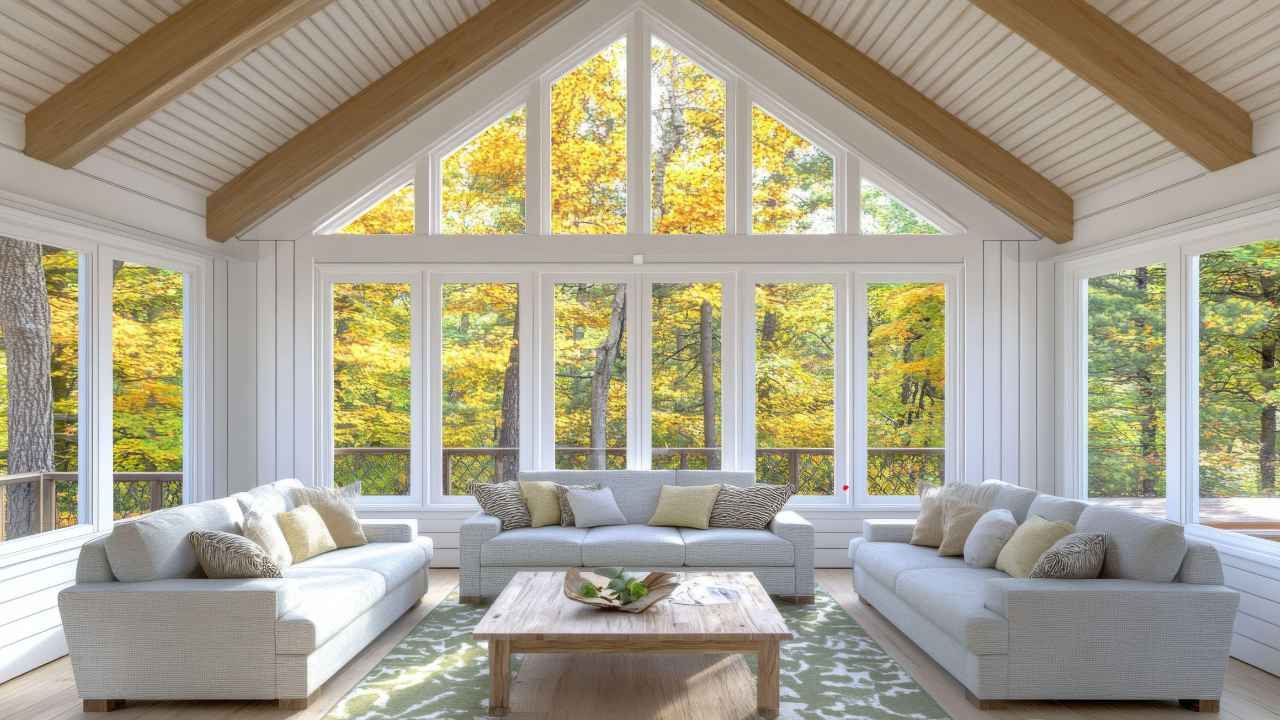How to Use Accent Walls to Add Depth and Style
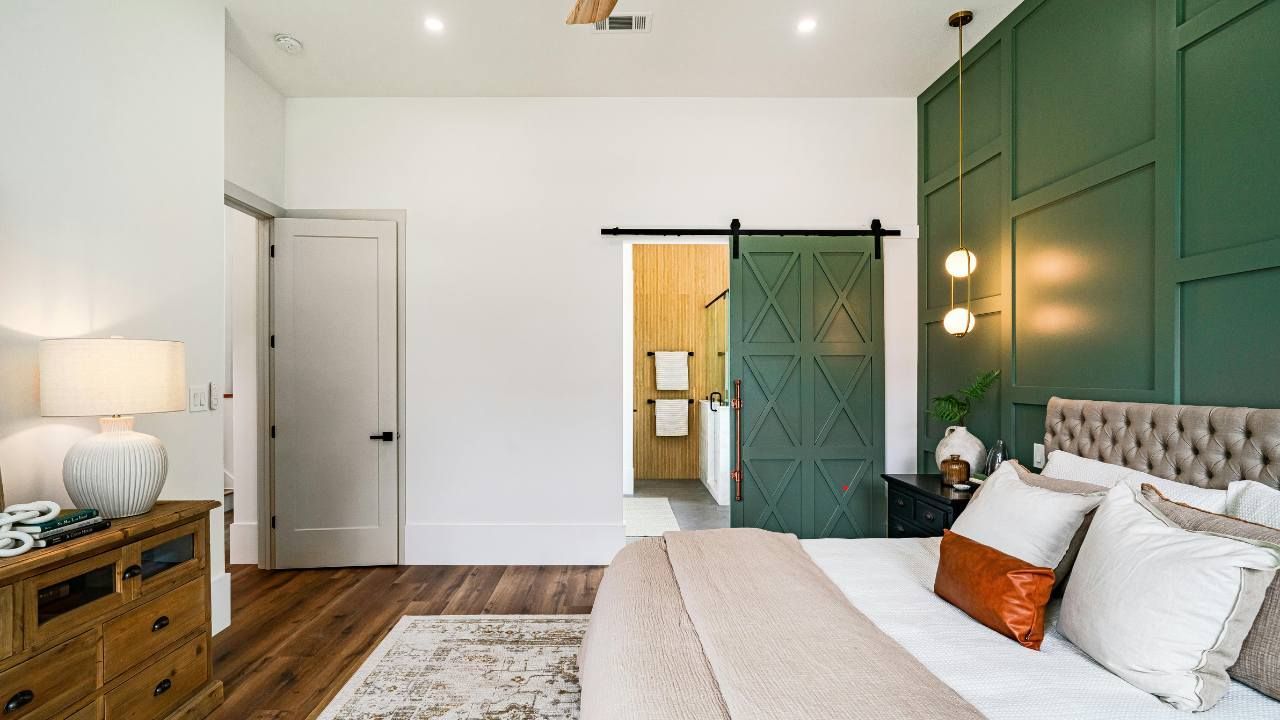
Sometimes a room just feels… flat. Everything blends together, and nothing stands out. That’s where an accent wall comes in—it’s a simple, high-impact design choice that can transform a plain space into something striking and dynamic.
In this post, you’ll learn how to choose the right wall, pick the perfect color or texture, and style it so your room feels balanced and visually engaging.
Why Accent Walls Work So Well
An accent wall draws the eye, adds depth, and creates a focal point. It can make a small room feel larger, break up a long space, or simply add personality. Best of all, it doesn’t require a full-room makeover—you can make a big difference with just one wall.
Think of it like adding a statement piece to an outfit. The rest of the room stays subtle, while the accent wall delivers the “wow” factor.
Choosing the Right Wall
The first step is deciding which wall to highlight. Not every wall works well as an accent wall, and picking the wrong one can throw off the room’s balance.
Consider these tips:
- Look for natural focal points: The wall behind a bed, fireplace, or sofa often makes the best choice.
- Consider your room’s shape: In long, narrow rooms, an accent wall can visually shorten the space.
- Avoid walls with too many distractions: Windows, doors, and vents can interrupt the effect.
Pro tip: Stand in the main entrance of the room and notice where your eyes land first—that’s often your winner.
Picking the Perfect Color or Finish
Color choice is where you can get creative. Bold colors like deep navy, emerald green, or burnt orange make a strong statement, while softer tones like dusty rose or muted sage create a calming feel.
If you’re feeling adventurous, skip solid color altogether and try:
- Textured wallpaper for dimension
- Wood paneling for warmth
- Paint techniques like ombré or geometric patterns for a modern twist
Remember, the goal is contrast. Your accent wall should complement the other walls while standing out enough to create visual interest.
Styling Around Your Accent Wall
Once your wall is painted or finished, style the room to make it shine. Use complementary colors in pillows, rugs, and decor to tie the space together. Avoid overcrowding the accent wall—too much furniture or art can dilute its impact.
For example, in a living room with a deep blue accent wall, neutral-toned seating and light wood accents will make the color pop without overwhelming the space.
Case Study: Transforming a Living Room
One Oregon homeowner recently worked with Ash Painting to refresh their open-concept living room. Instead of repainting the entire space, they chose a single brick fireplace wall to become the focal point. Using a rich charcoal tone, the painters Central Oregon team created depth that made the room feel both larger and cozier. With minimal furniture adjustments, the space went from bland to magazine-worthy—without breaking the budget or disrupting the rest of the home.
Final Thoughts
Accent walls are a budget-friendly way to bring character, depth, and style into any space. Whether you go bold with color, experiment with texture, or try an artistic paint technique, a well-planned accent wall can completely change how a room feels.
If you're ready to refresh your home with an accent wall but aren't sure where to start, consider professional painting services for expert color matching, clean lines, and a flawless finish. Contact us today to discuss your accent wall vision and get the best painting contractor for your project.

